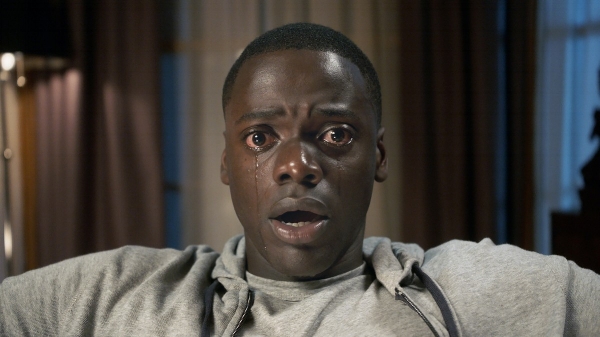by MARK DOUBT
2017 was apparently the year that horror got woke. To put it in terms I can better understand, it was the year that horror cinema rediscovered what it does best – social commentary. Over the past hundred years, the darkest of genres has proved the most adept at holding a mirror up to society and showing us what we really look like. From the Cold War anxiety and McCarthy witch-hunt commentary of Invasion of the Body Snatchers to the myriad messages of George Romero’s zombie cycle (the Vietnam War, rampant consumerism and fear of migrants to name but three) to Brian Yuzna’s 1989 flesh-fest Society and its dismantling of class construction and division, horror knows how to tear modern society apart and give us a good visceral scare in the process.
With that in mind, here are my top five of 2017, in no particular order.
Get Out
Get Out
Jordan Peele’s seminal horror gave an unapologetic and unusual take on the racism embedded in modern society. Instead of taking the easy swipes at rampant right-wing xenophobes, the movie shone its light on the liberal left, and showed them that just because they don’t necessarily want to destroy black America, they still want to control it. The film made a lot of people very uncomfortable (and rightly so), but it did something even more impressive. Rather than remain on the fringes of mainstream culture, Get Out became a rampant success, selling out cinemas and grossing $250 million from a $4.5 million budget. Were it not for a certain Stephen King adaptation, Get out might have been the number one horror hit of 2017…it was certainly the most important one.
MFA
M.F.A.
My personal favourite (read my review here), created by Leah McKendrick (writer) and Natalia Leite (director) and starring Francesca Eastwood, MFA began with a sudden and vicious sexual assault and then executed a visceral revenge thriller without falling into any of the exploitation pitfalls – this movie was no Michael Winner re-tread, but a stark look at the subject from a deeply feminist point of view.
Mohawk
Mohawk
Set in the war of 1812, Ted Geoghan’s follow up his 2015 Lucio Fulci homage We Are Still Here couldn’t have been more different to his previous effort. The film follow’s Mohawk woman Oak (played by Kaniehtiio Horn) as she and her two lovers seek to thwart the vicious efforts of American Soldiers to lay waste to her people. Mohawk is visceral, and works well as a period action-thriller, but its power is in its sad prescience to today’s socio-political climate in the United States and elsewhere. Best seen at festivals, introduced by its impassioned director, Mohawk presents its audiences with a story based all too much in truth – from there, it is up to our humanity and empathy to lead us to the only acceptable conclusion.
Dave Made A Maze
Ok, I’m going to get in trouble for this one. Bill Watterson’s Dave Made a Maze is a fantastically whimsical and inventive horror fantasy (think The Goonies shot by Michel Gondry) that delighted audiences, but does it deserve a place on this list? Well, it is because it doesn’t that I have decided to include it. DMaM has, at its heart, a very touching but ultimately insubstantial drama, as its lead character (played by Nick Thune) ponders his life and his impact on the world. Artist Dave, frustrated by his lack of success, gets lost in a maze of his own making and ropes his long-suffering girlfriend along for the ride. To be a little scathing, it is a film about a middle class white dude having an existential panic. To be even more scathing, it is a film about first world white people problems. Presented alongside the other entries here, I think it offers an interesting juxtaposition and lends an extra context to the overall social commentary theme of this list.
Fake Blood
Fake Blood
Directed by Rob Grant and made chiefly with his filmmaking partner Mike Kovac, Fake Blood is an interesting take on movie horror and the responsibility of filmmakers to their potential audiences and society as a whole. What makes it so interesting is that it is chiefly a documentary – the filmmakers receive a video from a fan, detailing how they intend to kill somebody based on what they learned from the pair’s previous film. This prompts Grant and Kovac to begin an odyssey into whether film violence influences real life violence, and whether they have a responsibility to audiences and to society. In an age where someone can watch a Batman movie and then go on a killing spree dressed as the Joker, Grant’s film not only examines the blurred lines between movie violence and real life violence, it somehow manages to blur them further. As Grant’s explorations into real-life killers holds a mirror up to movie violence, it threatens the safety of the filmmakers themselves, adding a layer of tension and dread to what is already quite a disturbing film. Still somewhat underappreciated, this film is a must see, and I urge genre fans to seek it out.
What do you think of these choices? Have you seen them? What are YOUR Top 5 Social Commentary Horror of 2017? Sound off below in the comments!
Be sure to tune the Podcasts Top 5! HERE
Mark loves horror. Loves the history behind films and loves to make art.
Be Sure to Check out his work








